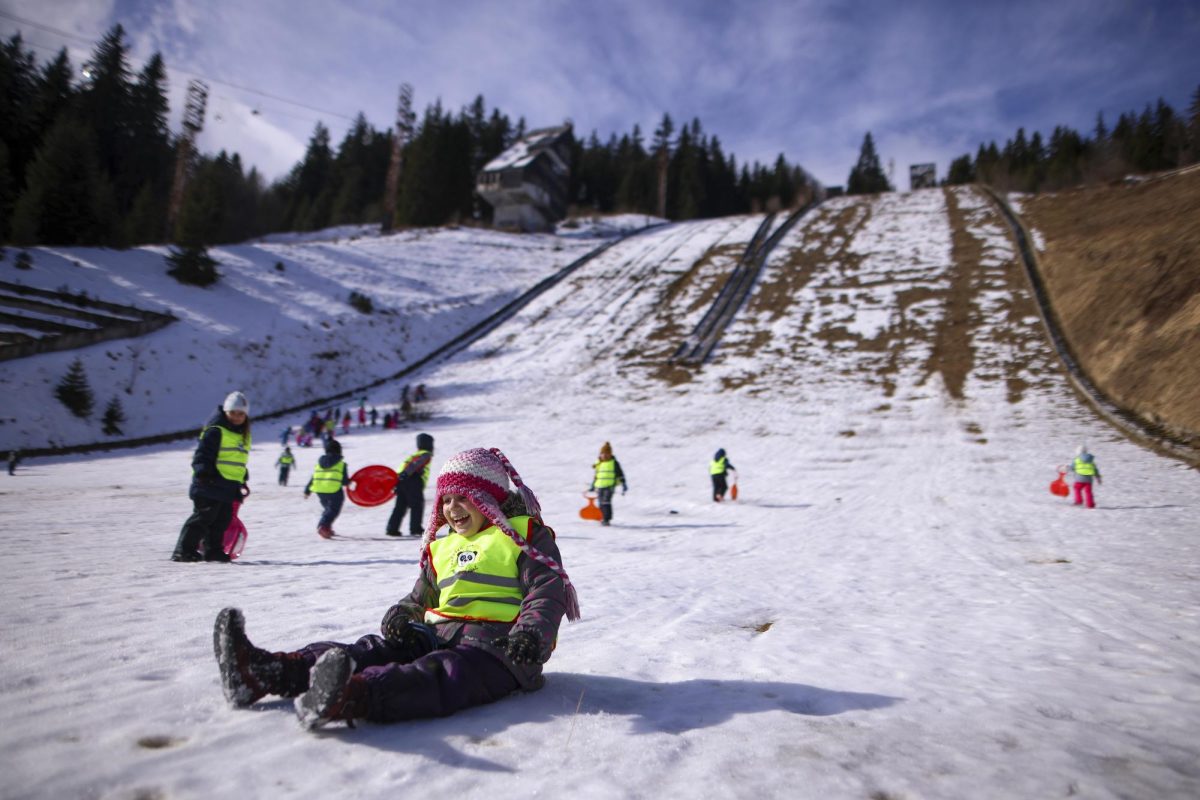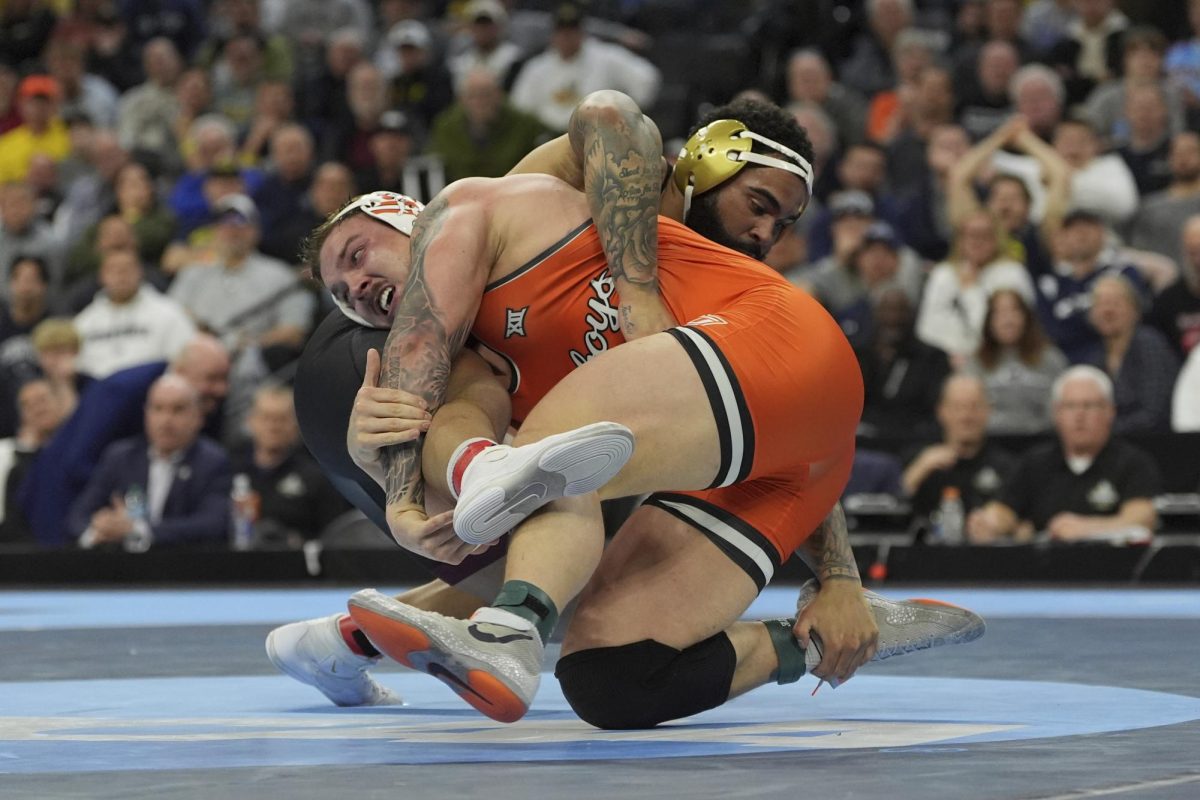Winter sports are in a transition phase right now, especially within the United States. Reports from the Snowsports Industries America (SIA) indicate that there has been an increase in participation in winter sports in the U.S. — particularly in varieties of skiing and snowboarding — by around five million people aged six or older. The percentage of people in the country who now partake in winter sports — anywhere from a recreational level to a competitive one — hovers around 10 percent. Those are positive signs, but they overlook a looming threat to the world of winter sports: climate change.
Climate change is an existential threat to every regard of human life, and I don’t mean to trivialize the issue by only looking at it in the context of winter sports. That said, climate change is the greatest threat facing winter sports right now, and it presents a unique issue as it threatens the very essence of the industry.
Almost all winter sports require some form of snow — and consistent snowfall at that. Climate change is affecting the frequency and quantity of snowfall in the Northern Hemisphere in a way that is already having detrimental effects within the United States. A report published by the Journal of Geophysical Research in June 2023 cited compelling evidence that the changing climate will cause consistent decreases in the mean annual snowfall totals in the Northern Hemisphere, but that extreme snowfall weather events, such as one-off blizzards, are still likely to occur in the same frequency as they do now.
We are not in imminent danger of running out of snow. Some areas of the country, like Vermont, have experienced increases in snowfall totals by around 20 percent since the 1900s. As long as temperatures can still get cold enough to make snow, the warmer air caused by climate change — which has more moisture — is more conducive to snowmaking and may aid in snowfall amounts.
The problem presents itself when you take a long-term look at the effects of climate change on snowfall. Warmer baseline temperatures mean that snowpacks are becoming less consistent. The snowfall cycle has become more of a freeze-thaw-refreeze cycle, which prevents a solid base of snow from building up on mountains. This increasingly cyclical snowfall pattern causes issues that extend far beyond winter sports: Pollutants trapped in the frost are released during the thaws on warmer winter days, which affects surrounding trees and agricultural land.
In the short term, the negative effects climate change has on winter sports are unlikely to be fully felt by most people who participate in them. Average global temperatures have not yet reached the point where the air is no longer cold enough to make enough snow for a good winter sports season, but the long-term effects are looking much more grim. Researchers at the University of Vermont estimate that by 2080, a high-emissions climate scenario could reduce the length of the state’s ski season by an entire month. That forecast could hold true for your favorite mountain, wherever it might be.
The implications of a shortened season for winter sports extend beyond the loss of that annual family ski trip. The economic impacts of a shorter snow season are significant. The National Environmental Education Foundation (NEEF) reports that snow-based recreation brings in around 67 billion dollars of annual revenue and supports over 900,000 jobs within the U.S. A lot of this is going to small towns. In an economic report from 2018, climate watchdog Protect Our Winters (POW) recorded data that showed a loss of one billion dollars and 17,400 jobs caused by a decrease in winter sports participation rate during low-snowfall years between 2001 and 2016.
From an individual standpoint, it feels like there is not much that can be done when it comes to the effects of a rising climate on winter sports. But there is value in understanding its implications — especially in the long run. If there is one thing to take away from this, it is knowing that a couple of great snow seasons in the near future do not mean that winter sports are somehow ‘dodging the bullet’ of climate change. The negative impacts might be a long way off in terms of when you or I experience them, but that doesn’t mean they should be any less of a concern.

















